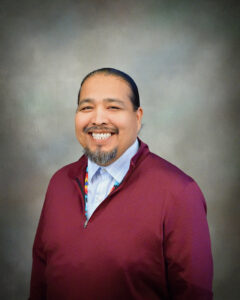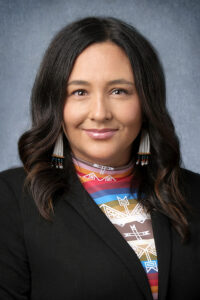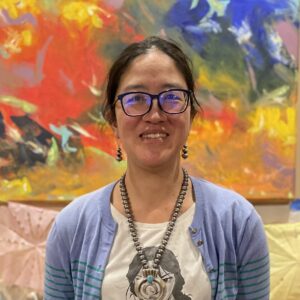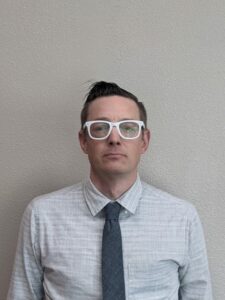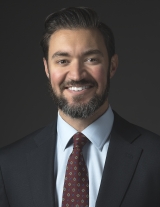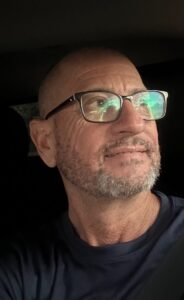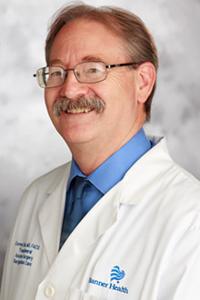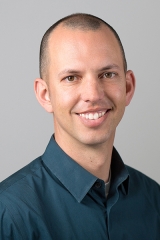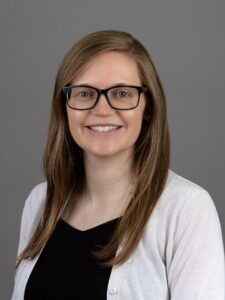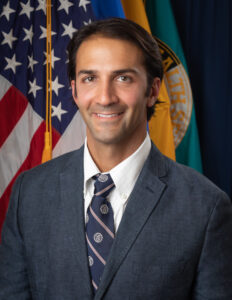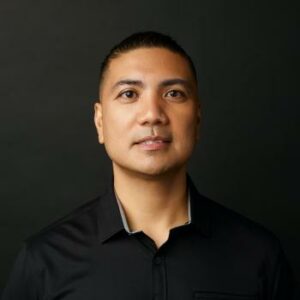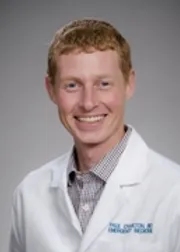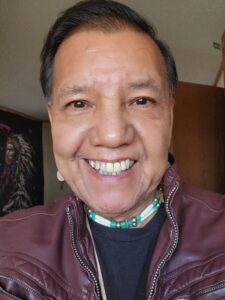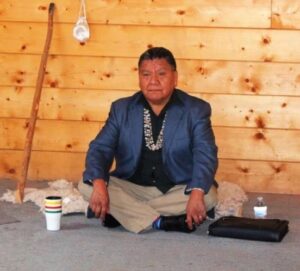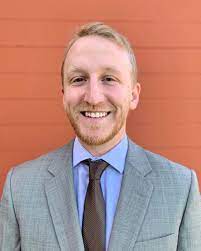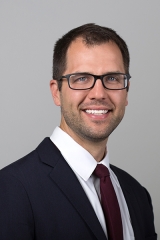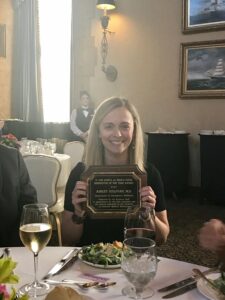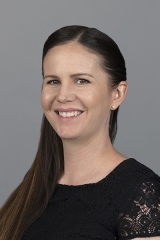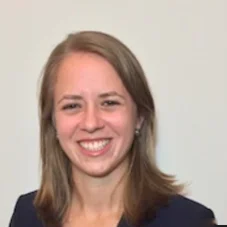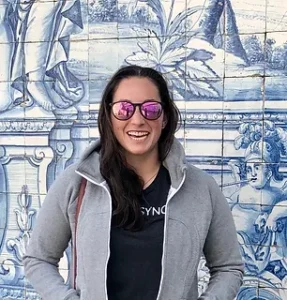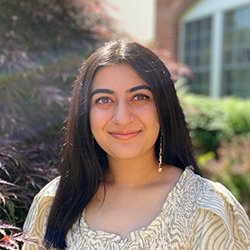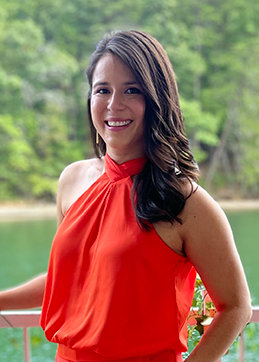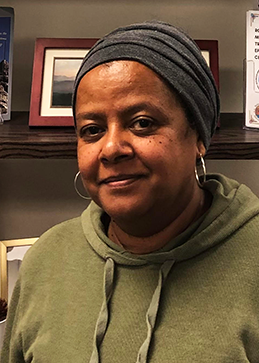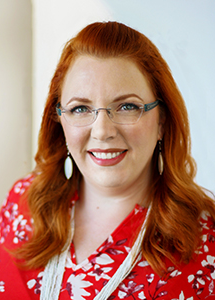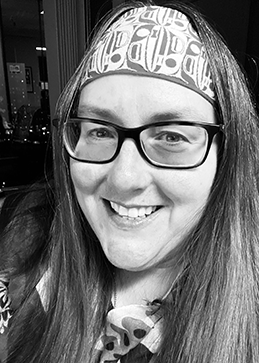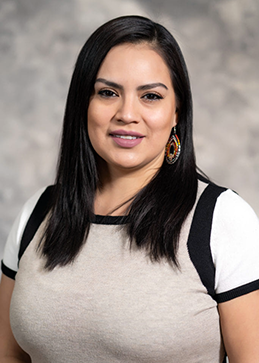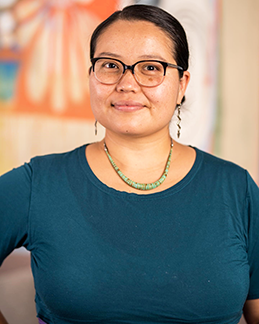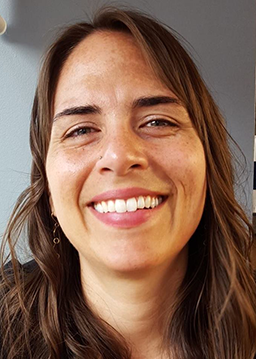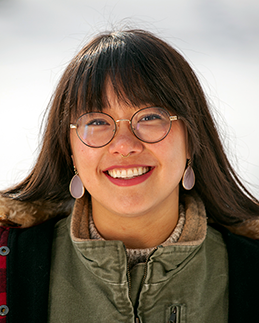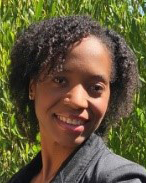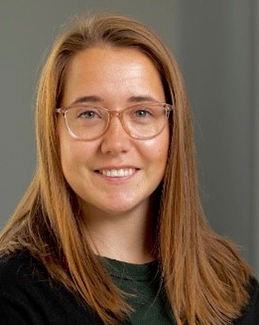
When Dr. Katie Cassel, a family practice physician at United Indian Health Services (UIHS), learned that new medications for hepatitis C were allowing treatment to be both more effective and easier for patients and providers, she became determined to start a hepatitis C elimination program at her clinic.
UIHS, based in northern California just north of Eureka, has about 11,000 currently active patients and serves all of Del Norte and Humboldt Counties, with the exception of the Hoopa Tribal Health Program and the Karuk Tribal Health Program’s service area. In 2014, the UIHS patient population had a high prevalence of hepatitis C, with about 12% of all baby boomers testing positive for the disease. However, treatment was limited. Only those who were already very sick were being treated by one part-time hepatologist and nurse practitioner who traveled to the area every 1-2 months. At this time, prior to the development of new medications, treating patients for hep C was also incredibly challenging. Treatment protocols involved the administration of interferon, which presented multiple barriers to care, including requiring patients to receive subcutaneous injections for 6-12 months with intensive monitoring by providers. For this effort, treatment was effective in only half of all cases.
In 2016, Dr. Cassel learned about the availability of new, more effective medications for the treatment of hepatitis C. These medications were easier to administer (in pill form), could be taken once a day, and could cure about 99% of hepatitis C infections in 8-12 weeks. With this knowledge in hand, Dr. Cassell began gathering resources to help her start a hepatitis C elimination program at UIHS. She joined the University of California- San Francisco’s Hepatitis C Project ECHO Program sessions, which provided her with the vital knowledge and skills to treat hepatitis C, as well as the confidence to set up a program at her own clinic.

Gaining Knowledge and Support through ECHO
According to Dr. Cassel, it was easy to join ECHO sessions. The group met twice a month during lunch time, and sessions were structured as didactic learning and case presentations. Dr. Cassel emphasized that working through cases together as a group deepened her learning experience and confidence to try this new treatment and manage patient cases.
“Mentoring really helps overcome those barriers to creating a hepatitis C elimination program…There are very few barriers to get in to an ECHO program other than you have to be there [virtually] over the lunch hour twice a month.”
Dr. Cassel also attended a one day in-person “Hep C 101” training to expand her knowledge. In addition, UCSF’s Warm Line, a call or text helpline designed to provide case consultation and technical assistance to providers, helped her navigate more complicated cases. The Warm Line had a quick turnaround time, Dr. Cassel explained, and would provide consultation often within an hour of contact. With these supports, she found that she quickly and easily learned the new treatment protocols.
While the new medications and treatment protocols were relatively straightforward, an initial barrier to care was that the new medications were, at the time, very cost prohibitive with a single course of treatment costing about $100,000. Obtaining prior authorization to aid in getting treatment approved by insurers was essential. Dr. Cassel found that mentors through ECHO not only provided her with clinical expertise, but they also had a wealth of knowledge about how to get through the administrative hurdles of the prior authorization process. Fortunately, over the last four years, the cost of treatment has been reduced to about $15,000 per patient and is now covered by all major insurance companies.

Overcoming Initial Barriers to Care with Systems Changes, Outreach, and Collaboration
In 2016, Dr. Cassel started a half day clinic and relied on provider referrals. She quickly realized that to make headway in eliminating hepatitis C, more proactive measures to treat patients would need to be taken. However, UIHS did not have a consistent way of coding for hepatitis C in medical records, making identifying patients in need of treatment difficult. To address this, Dr. Cassel collaborated with the clinic’s IT department and created ways to clearly and consistently flag new hepatitis C cases. In addition, chart reviews were completed to flag existing cases in the system. Dr. Cassel emphasized that having medical record systems that prompted providers to screen consistently for hepatitis C was key to the program’s success.
As the clinic was able to more reliably identify those with hepatitis C, case managers and community health workers proactively reached out to patients letting them know about the new treatment available. Dr. Cassel and her team also built relationships with the local needle exchange program, inpatient drug treatment programs, and the county-wide hepatitis C task force.

Expanding Services by Creating a Program for Patients with Substance Use Disorders
In 2018, Dr. Cassel and her colleagues collaborated with the clinic’s behavioral health program to create a suboxone clinic in hopes of reaching more vulnerable populations who might have the dual diagnosis of a substance use disorder (SUD) and hepatitis C.
To not overwhelm patients, the clinic focused on stabilizing patients for about one month before starting the hepatitis C intake process. Dr. Cassel learned that maintaining a shorter wait time between diagnosis and starting medication for hepatitis C reduced patient attrition, because patients were more motivated to start treatment when they received the initial diagnosis.
Expanding telehealth also increased treatment compliance. Dr. Cassel explained that she was able to use telehealth to “see” patients who were already at the clinic for labs or other appointments, reducing the overall number of appointments for patients. She hopes to continue to expand telehealth services in the future.
In addition, some patients facing barriers had one-on-one relationships with case managers who would help decrease barriers so patients could access refills and coordinate transportation to the clinic. In some instances, the case managers would go to where the patient was located with a handheld tablet to allow the patient to have their clinic visit using telehealth.
Moving towards Elimination
Since the program started, 86% of baby boomers and 73% of adults have been screened for hepatitis C among UIHS’s patient population. In the last 4 years, the clinic’s new screening protocol picked up 100 unknown cases of hepatitis C. This robust screening protocol has led to Dr. Cassel’s team to treat 75% of active cases of hepatitis C. Even though the clinic’s numbers are impressive, the most gratifying part of starting a treatment elimination program, Dr. Cassel emphasized, was impact on individual patients.
“One of the things that is so fun about treating hepatitis C is that the people getting cured are so excited to be cured and to have this behind them. You can just see that we lifted from people that they have one communicable disease that they don’t have to worry about that they have been carrying around for so long. Even if I treated only one patient, it would have been worth it.”

If you would like to learn more about preventing, diagnosing, and treating hepatitis C, join us during Indian Country ECHO’s HCV teleECHO clinics. Here you can be a part of a welcoming, interactive online learning community where providers serving American Indian and Alaska Native patients connect, engage in didactic presentations, collaborate on case consultations, and receive mentorship from clinical experts from across Indian Country.
